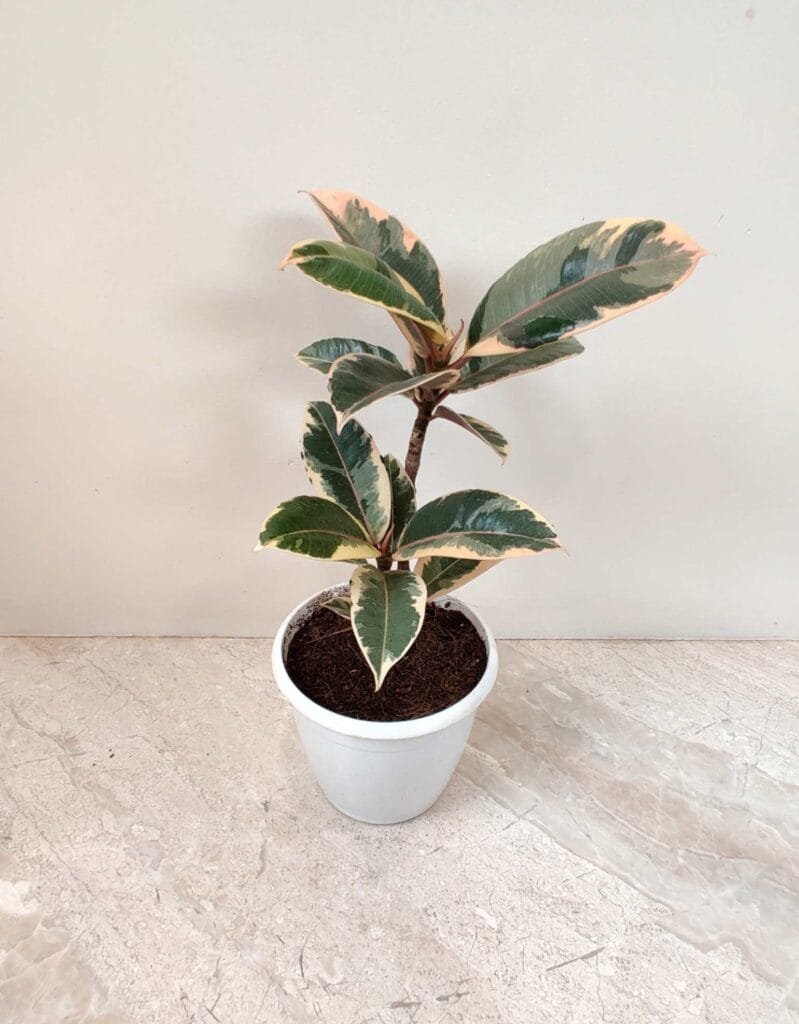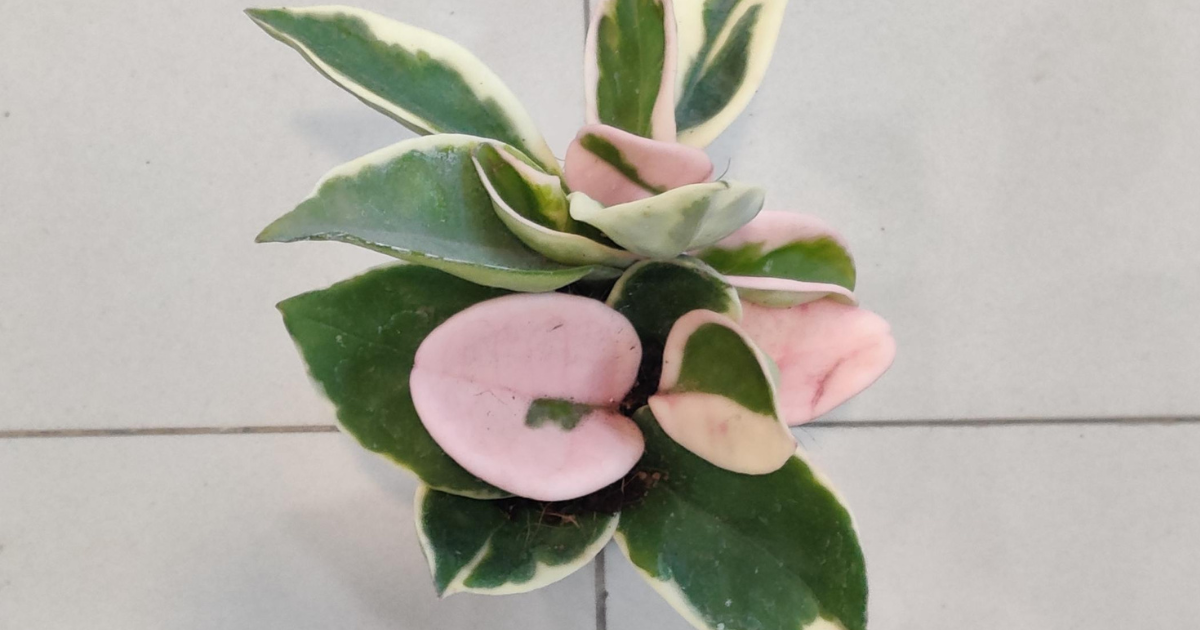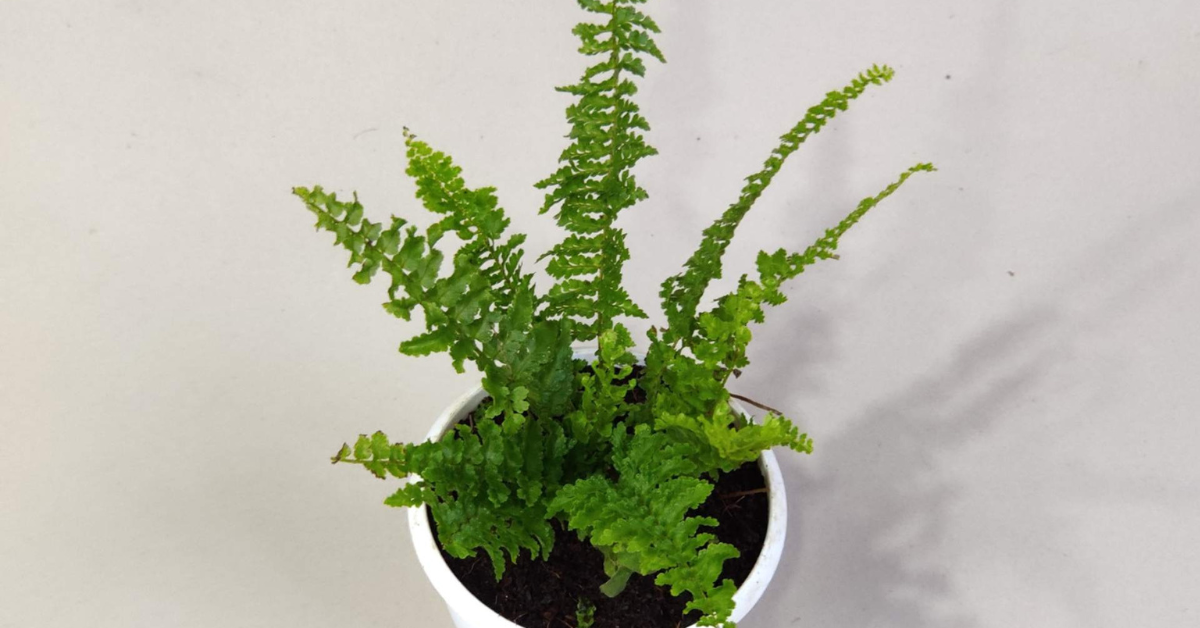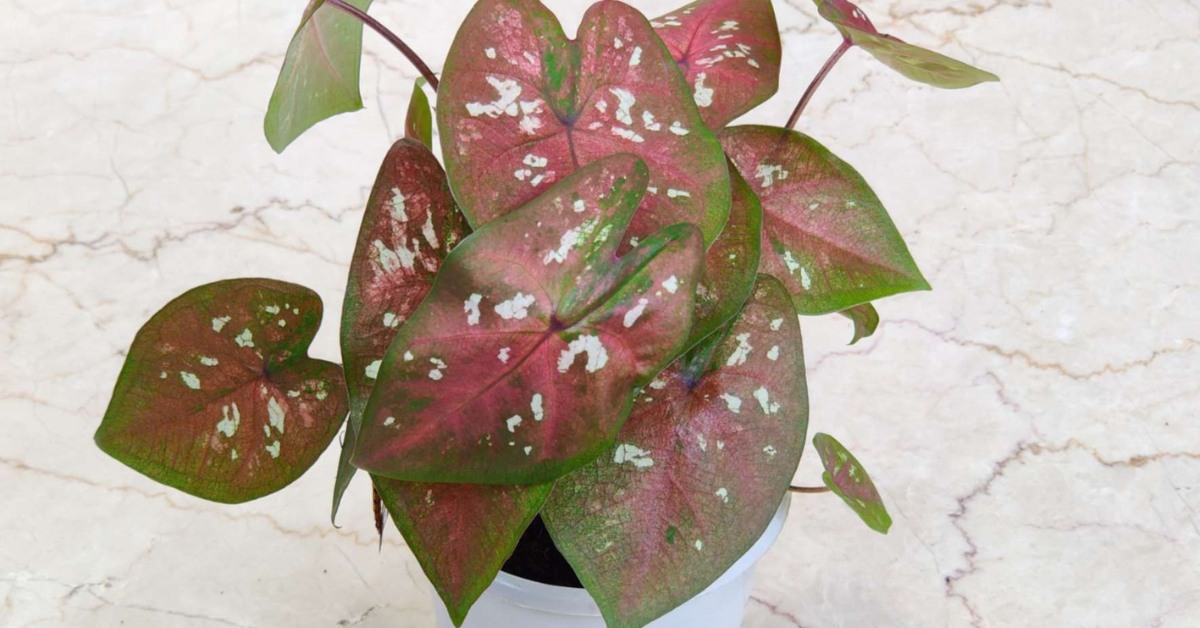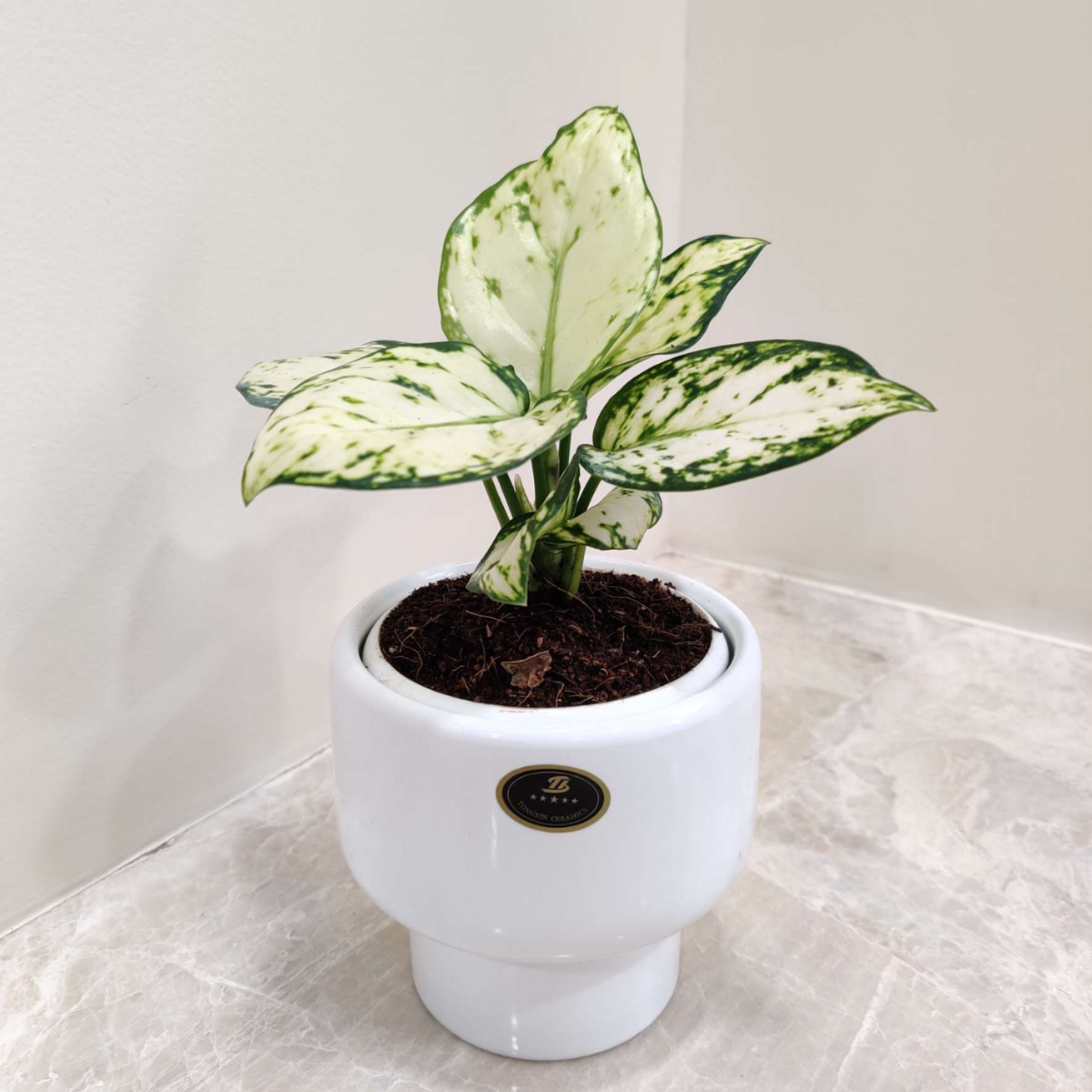Indoor plants have become an essential part of modern home decor, bringing life, greenery, and fresh air into our spaces. Among the most popular choices are the Rubber Plant (Ficus elastica) and the Fiddle Leaf Fig (Ficus lyrata). Both are stylish, easy to maintain, and add a touch of elegance to any interior. But which one is the right fit for your home?
This guide will compare the care requirements, aesthetic appeal, maintenance tips, and common challenges of both plants to help you make an informed decision.
Rubber Plant vs. Fiddle Leaf Fig: Key Differences
1. Physical Characteristics
Rubber Plant (Ficus elastica)
- Glossy, dark green or burgundy leaves
- Upright growth pattern
- Low-maintenance and hardy
- Can reach up to 10 feet indoors with proper care


Fiddle Leaf Fig (Ficus lyrata)
- Large, violin-shaped leaves with prominent veins
- Dramatic and statement-making
- More demanding in terms of care
- Can grow up to 6–10 feet indoors

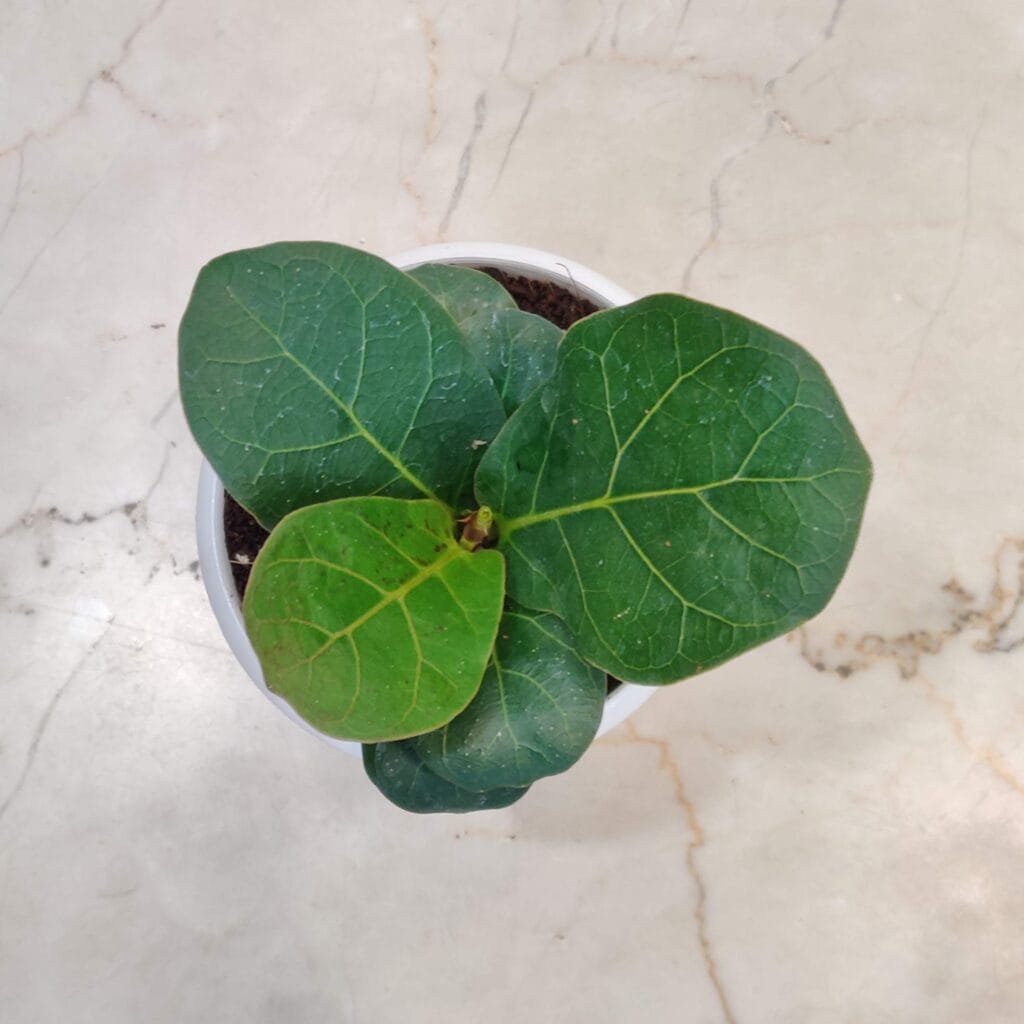
Which to Choose? If you prefer a plant that’s easy to care for and still looks stunning, go for the Rubber Plant. If you love bold, statement greenery, the Fiddle Leaf Fig is a great option.
2. Lighting Needs
Rubber Plant:
Thrives in bright, indirect light but can tolerate lower light conditions. Avoid direct sunlight to prevent leaf burn.
Fiddle Leaf Fig:
Requires bright, indirect light to thrive. It does best near a sunny window but needs occasional rotation for balanced growth.
Which to Choose? If your space has low to medium light, opt for the Rubber Plant. If you have lots of natural light, the Fiddle Leaf Fig will flourish.
3. Watering & Humidity Requirements
Rubber Plant:
- Allow the top inch of soil to dry out before watering
- Prefers moderate humidity but adapts well to dry indoor air
- Overwatering can lead to root rot
Fiddle Leaf Fig:
- Keep soil moist but not soggy
- Loves high humidity; misting or using a humidifier is recommended
- Sensitive to inconsistent watering, which can cause leaf drop
Which to Choose? If you want a low-maintenance plant, go for the Rubber Plant. If you can maintain consistent watering and humidity, the Fiddle Leaf Fig is a rewarding choice.
4. Soil & Fertilization Tips
Rubber Plant:
- Well-draining potting mix
- Fertilize monthly during the growing season
Fiddle Leaf Fig:
- Well-aerated, fast-draining soil
- Fertilize every 2-4 weeks in spring and summer
Which to Choose? If you prefer low-fuss fertilization, go with the Rubber Plant. If you don’t mind regular feeding, the Fiddle Leaf Fig will thrive with extra nutrients.
5. Aesthetic & Decorative Appeal
Both plants make a stylish addition to modern interiors.
Rubber Plant:
- Sleek and elegant, perfect for minimalist or contemporary spaces
- Comes in green, burgundy, and variegated varieties
Fiddle Leaf Fig:
- Bold and dramatic, making it a focal point in any room
- Best suited for boho, Scandinavian, and modern decor styles
Which to Choose? If you prefer subtle beauty, go for the Rubber Plant. If you want a showstopper, the Fiddle Leaf Fig is the way to go.
6. Maintenance & Common Issues
Pests: Both plants can attract spider mites, mealybugs, and scale insects. Regularly wipe leaves and use neem oil if needed.
Pruning:
- Rubber Plant: Prune to control height and encourage bushy growth.
- Fiddle Leaf Fig: Needs regular trimming for balanced growth.
Propagation:
- Rubber Plant: Easy to propagate via stem cuttings.
- Fiddle Leaf Fig: More challenging to propagate but possible with proper technique.
Which to Choose? If you want an easy-to-maintain plant, the Rubber Plant is ideal. If you’re up for a little extra care, the Fiddle Leaf Fig is worth it.
Final Verdict: Which Plant is Right for You?
Choose a Rubber Plant if you:
Have moderate to low light conditions
Want a low-maintenance indoor plant
Prefer a hardy, adaptable plant
Like classic green or burgundy foliage
Choose a Fiddle Leaf Fig if you:
Have bright, indirect light
Enjoy caring for and maintaining plants
Want a statement plant for home decor
Can provide consistent humidity and watering
Both plants make excellent choices, and it ultimately depends on your home environment and care preferences. Whether you go for the resilient Rubber Plant or the dramatic Fiddle Leaf Fig, both will add charm and greenery to your home!
Conclusion
Both the Rubber Plant and the Fiddle Leaf Fig are stunning choices for indoor spaces. The Rubber Plant is low-maintenance and hardy, while the Fiddle Leaf Fig offers a bold, decorative appeal. Choose the one that best suits your home environment, lighting, and care routine!
Let us know which one you prefer in the comments below! Happy planting!
FAQs
1. Which plant is easier to care for?
The Rubber Plant is easier to maintain, making it a great choice for beginners.
2. Can I grow a Fiddle Leaf Fig in low light?
No, Fiddle Leaf Figs require bright, indirect light to thrive.
3. Do Rubber Plants purify air?
Yes! Rubber Plants help remove toxins and improve indoor air quality.
4. How often should I water my Fiddle Leaf Fig?
Water when the top 1-2 inches of soil are dry, usually once a week.
5. Which plant grows faster?
The Rubber Plant grows faster and is more adaptable to different conditions.


